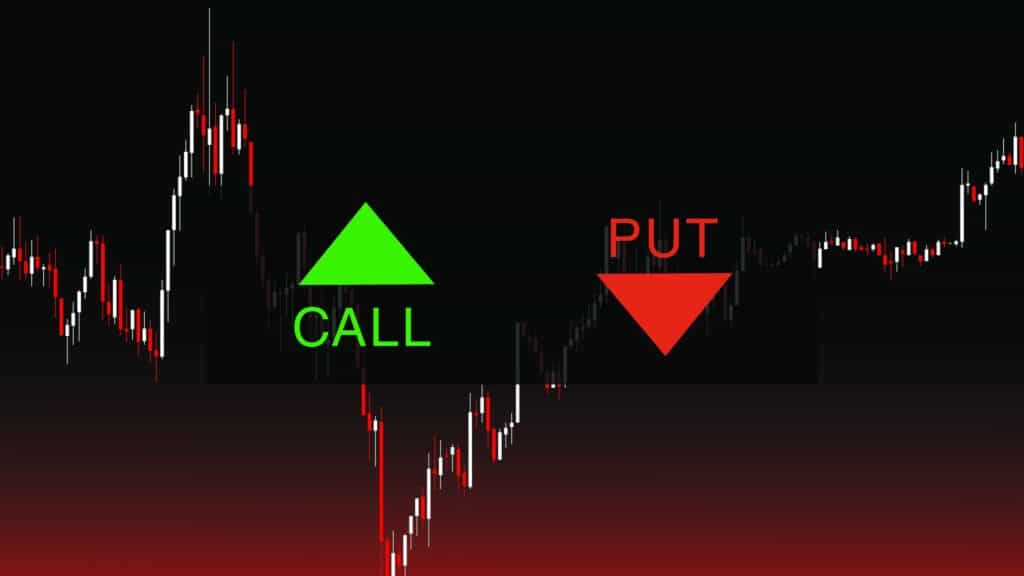Mastering Day Trading: Strategies Used by Institutions
A Comprehensive Guide to Day Trading in Volatile Markets – Learn from Institutional Strategies
Day trading through volatility can be both highly profitable and challenging. Institutional traders have mastered the art of navigating through unpredictable price swings, and now you have the opportunity to learn from their expertise. In this comprehensive guide to day trading through volatility, we will explore how to thrive in a market characterized by rapid fluctuations, using effective institutional strategies. Discover the best approaches to capitalize on market volatility and learn how to navigate extreme market conditions. Let’s dive in!
Is Volatility Good for Day Trading?
Volatility can serve as a double-edged sword for day traders. On one hand, higher market volatility can lead to significant price movements, creating numerous trading opportunities with the potential for substantial profits. On the other hand, increased volatility also amplifies the risk of significant losses if not managed properly. Therefore, successful day traders understand the paramount importance of adapting to varying market conditions and implementing robust risk management techniques to capitalize on volatility while safeguarding their capital.
How to Day Trade in a Volatile Market:
- Stay Informed: Keep a close eye on economic events, news releases, and market indicators that could trigger volatility. Staying informed allows you to anticipate potential price movements and make well-informed trading decisions.
- Utilize Technical Analysis: Employ various technical analysis tools and chart patterns to identify key support and resistance levels, trend reversals, and suitable entry and exit points. Technical analysis can be an invaluable guide when navigating volatile market conditions.
- Implement Stop-Loss Orders: In the face of heightened volatility, implementing stop-loss orders becomes paramount. These orders automatically trigger an exit if the price moves unfavorably against your position, limiting potential losses and protecting your capital.
- Maintain Discipline: Emotions can run high in volatile markets, tempting traders to make impulsive decisions. Maintaining discipline and adhering to your established trading plan are vital to avoid costly mistakes and ensure consistent performance.
Which Strategy is Best in Volatility?
Several day trading strategies are effective in volatile markets. Here are some widely used ones:
- Scalping: Scalpers aim to profit from small price movements through quick trades throughout the day. In volatile markets, rapid price fluctuations offer numerous scalping opportunities.
- Range Trading: Range traders identify price levels where the market tends to trade within a range. Buying at support and selling at resistance allows traders to benefit from price swings within the range.
How to Trade Extreme Volatility:
Extreme volatility demands a cautious approach and additional considerations while trading. Consider the following tips:
- Reduce Position Size: In highly volatile markets, consider reducing your position size to manage risk more effectively.
- Use Volatility Indicators: Employ volatility indicators like Bollinger Bands or the Average True Range (ATR) to assess the market’s volatility and adjust your trading strategy accordingly.
- Diversify Your Portfolio: Spreading your trades across various assets can help mitigate the impact of extreme volatility on your overall trading portfolio.
Conclusion:
Mastering day trading through volatility like institutions demands a comprehensive understanding of market dynamics, effective strategies, and disciplined risk management. Embrace market volatility as an opportunity rather than a threat, and use the insights and techniques shared in this guide to elevate your day trading skills. By staying informed, disciplined, and adaptable, you can navigate through turbulent market conditions and increase your chances of success in the dynamic world of day trading. Happy trading!





